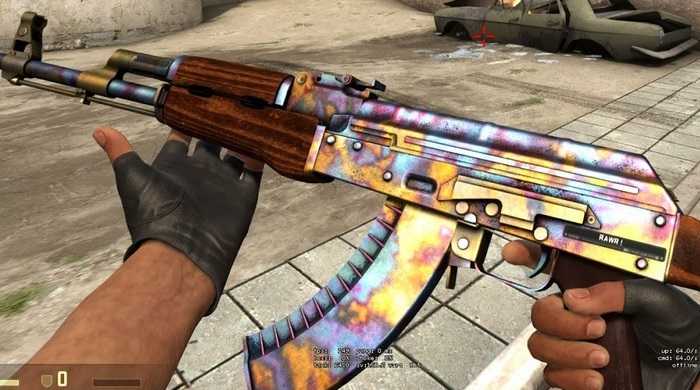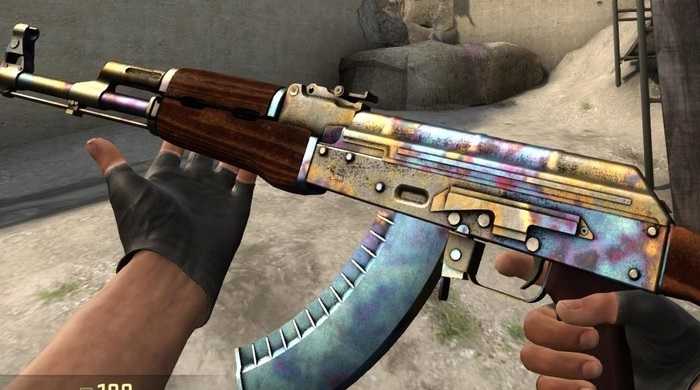CS2 Skin Patterns, Explained
Not all CS2 skins are created equal, some are rarer than others and are more valuable!. A good reason for that is the pattern it has. If you don’t know what skin patterns are, here is an extensive guide.
Not all CS2 skins are created equal, some are rarer than others and are more valuable!. A good reason for that is the pattern it has. If you don’t know what skin patterns are, here is an extensive guide.
Not all Counter-Strike 2 skins are made equal. Not even the same named skins are the same. This might be a shocker to some people, but the CS2 skin system is quite complex. There are a lot of things that define the value of skin, its condition, rarity, and pattern.
While condition and rarity are pretty much self-explanatory, many players get confused with patterns. Since the value of a pattern differs from skin to skin, and some skins don’t even have patterns. As such, this creates a lot of confusion among people just entering the CS2 skin market.
The CS2 skin culture is one of the best things about the game, so knowing your way around it is important. So, here is what skin patterns in CS2 mean, how they work, and how they can impact a skin’s market value.
Before we get into explaining what CS2 Skin Pattern skins are, you need to have a basic understanding of how skins work in CS2. So, here is a quick refresher on skin in CS2. If you are familiar with this, you can skip to where we cover the Pattern IDs.
With that covered let’s move on to CS2 Patterns.
There are a lot of different kinds of skins in CS2, some of them are pattern-based skins. These are skins that have a pattern-based design that is different from skin to skin, like a gradient for example.
Essentially, imagine a big drawing or artboard, with a lot of colors, gradients, and different textures. That’s a pattern template. When a pattern skin is unboxed, it takes on a small piece from that template. This is why each pattern's skin is different from the other.

Skin Image Credit: -Dutch- on Steam

Skin Image Credits: -Dutch- on Steam
The pattern ID decides which part of the pattern template a pattern skin takes on. It goes 1-999 and is randomly assigned. For pattern-based skins, the pattern IDs decide what pattern it has and where the wear (scratches, marks, etc.) of the skin will show. On non-pattern-based skin, it only decides where the scratches will show.
Pattern ID is so important for pattern-based skins because it can highly change the looks and value of a skin. For example, consider a pattern template with very little red. So, if a pattern skin from that pattern template turns out to be completely or mostly red, it becomes super rare. As a result, its price skyrockets.
This is especially the case for knife skins. Knife skins can completely change in value depending on their pattern. It’s one of the reasons why some CS2 skins cost millions.
The last thing to mention is that much like skin conditions, Pattern IDs are permanent and cannot be changed. They are first assigned when a skin is dropped or unboxed from a case.
It’s no doubt that CS2’s skin game is one of the best in the genre. There are so many layers and details behind each skin. So much so that two copies of the same skin can be vastly different in looks and costs. From things such as conditions, and float values to the collection it belongs to, various things can make a skin worth millions or a couple of dollars.
Patterns are also such things, there are knife and rifle skins that are trading for thousands if not millions of dollars just because they have a rare pattern and good condition.
So, hopefully this article gives a bit more clarity on what skin patterns are and how they work.